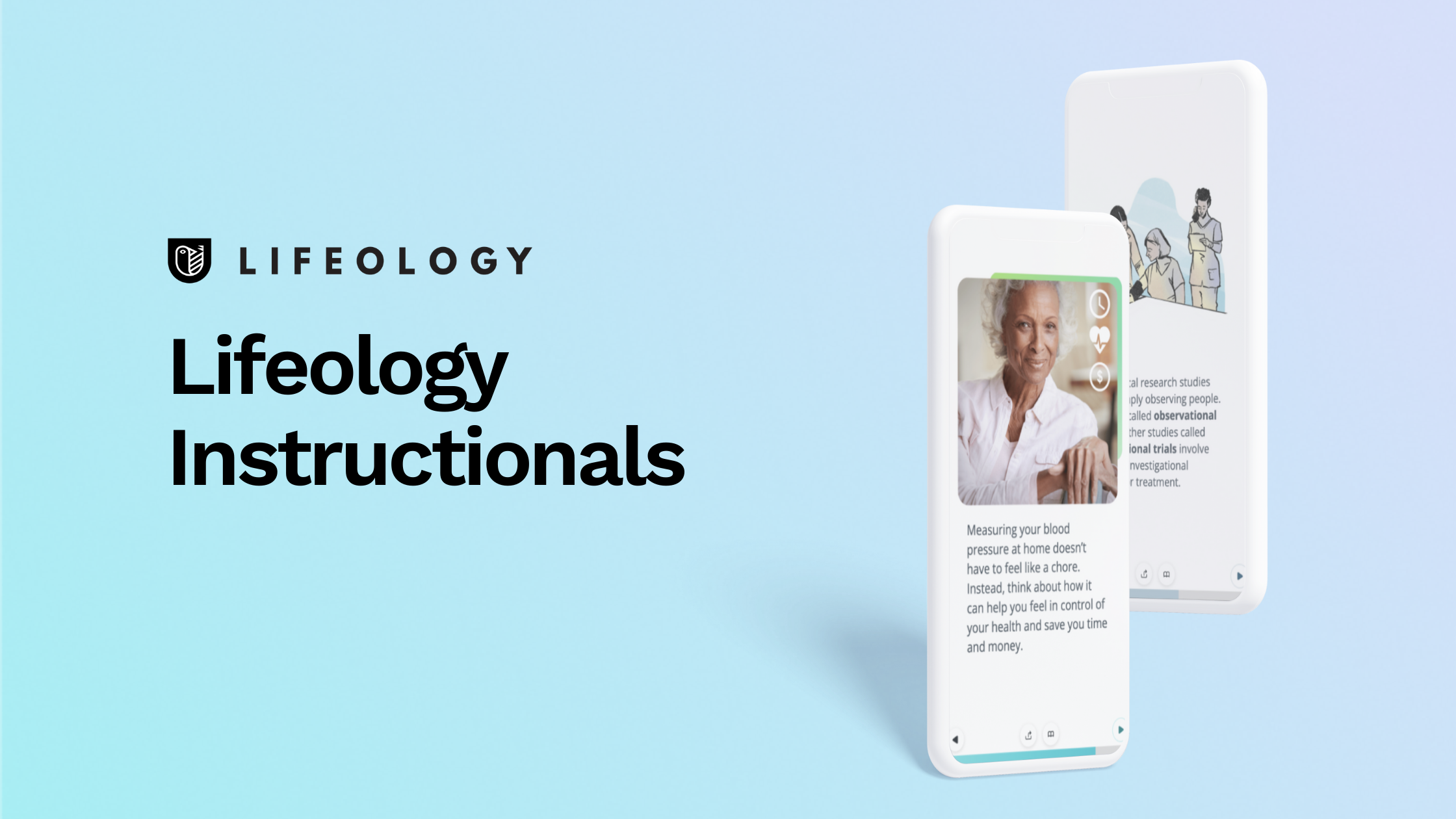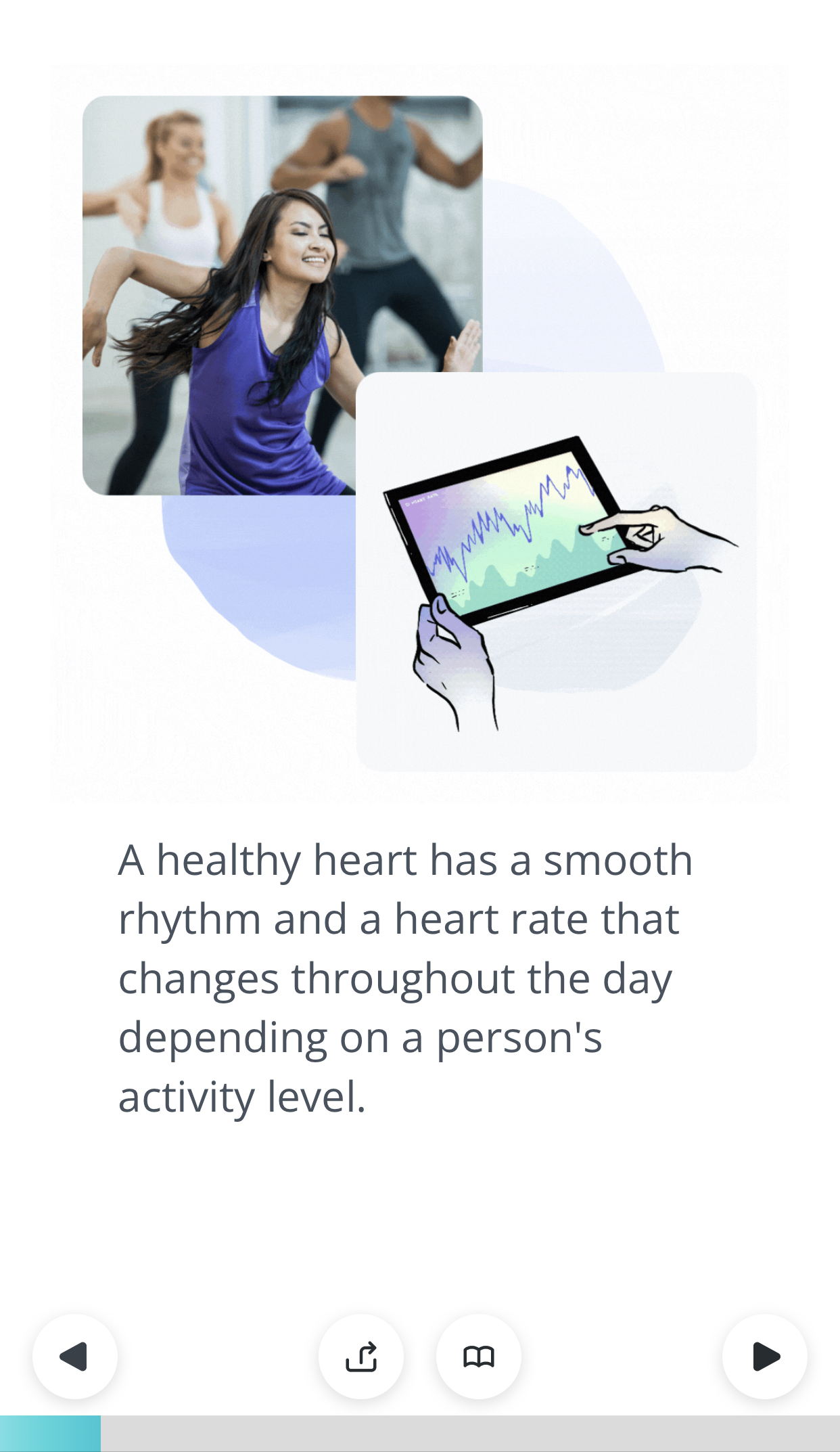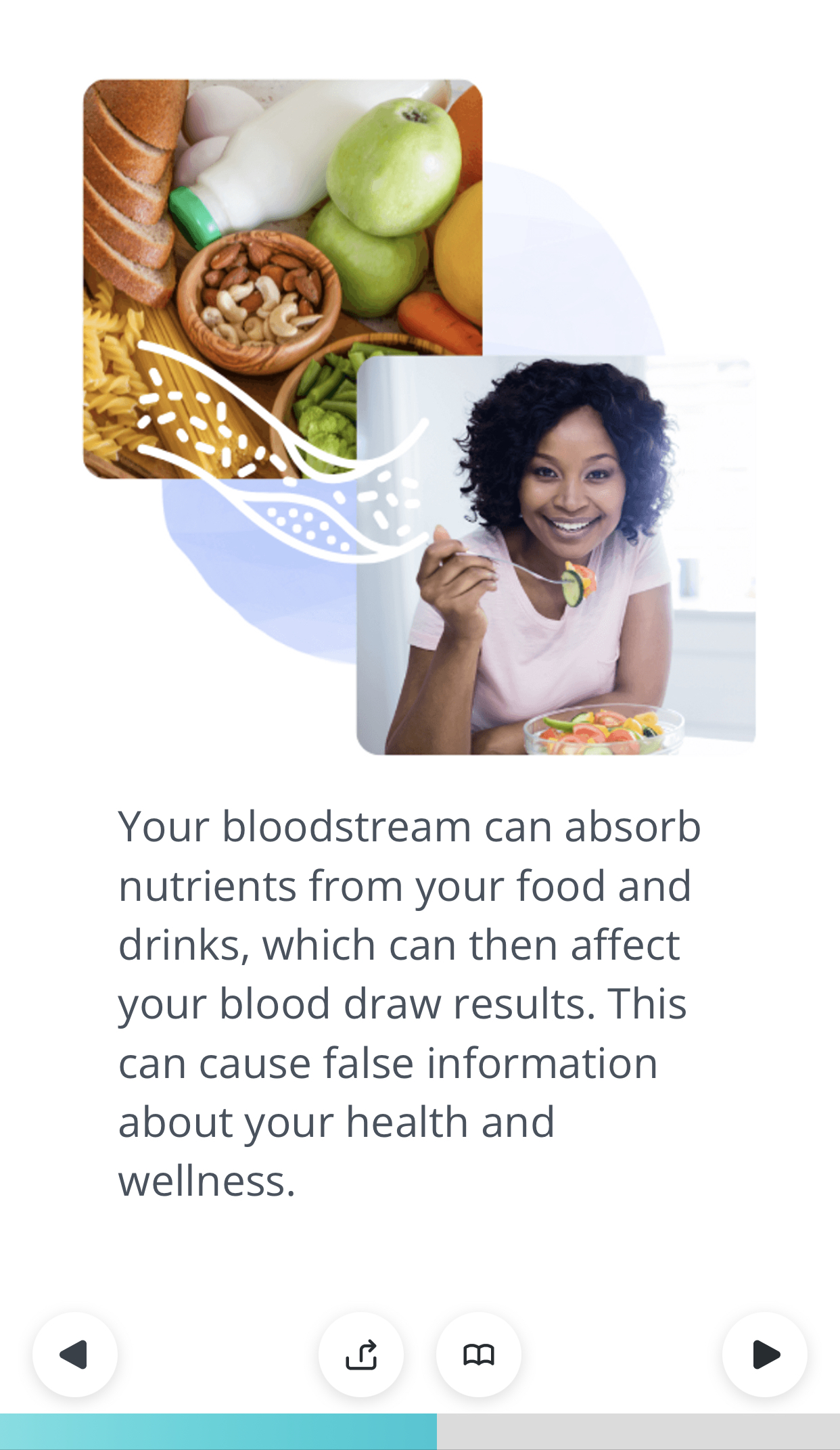
Last month, we launched the first three courses created using the Lifeology Instructional Method. The Lifeology Instructional Method was born as an alternative to the “gold standard” Lifeology Story-Driven Method.
The Instructional Method is a flexible creation process that can still incorporate collaboration when needed and features custom illustrations, stock photography or a mix. The courses created using this method also don’t involve the same research and attention to audience-specific questions, concerns, barriers and lived experiences that Lifeology Story-Driven courses do. But for certain topics, the Instructional Method is the more efficient method for Lifeology course creation that doesn’t sacrifice content value.
We’ve enjoyed creating Lifeology Instructional courses and are excited to bring you the next three courses:
First, we have “What is a CT scan?” Paige Brown Jarreau wrote this course. A CT scan is a form of medical imaging that can show various rigid and soft structures inside of your body. Your doctor may order a CT scan for you if you have been injured or have some symptoms with unclear origin. What can you expect if you need to have a CT or CAT scan? Learn more in this Lifeology Instructional course!
Next, we have “How do you use an at-home EKG/ECG monitor?” An at-home EKG or ECG monitor measures your heart rate and rhythm. This course was written by Elaine Algarra. How do at-home EKG/ECG monitors work? How do you use them? What does it mean if your heart rate or rhythm is irregular? Learn this and more in the Lifeology Instructional course!
Finally, “What happens during blood draws, and why do some require you to fast?” was written by Courtney Adams to explain the differences between fasting and non-fasting blood draws. The course also walks one through what to expect during a blood draw–regardless of a fasting or non-fasting state. Learn more by checking out this Lifeology Instructional course!
Interested in more Lifeology Instructionals? Check out:







